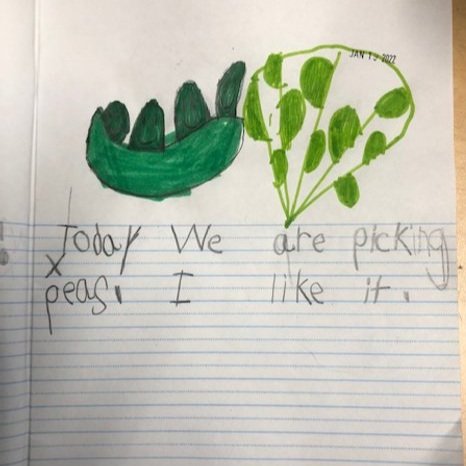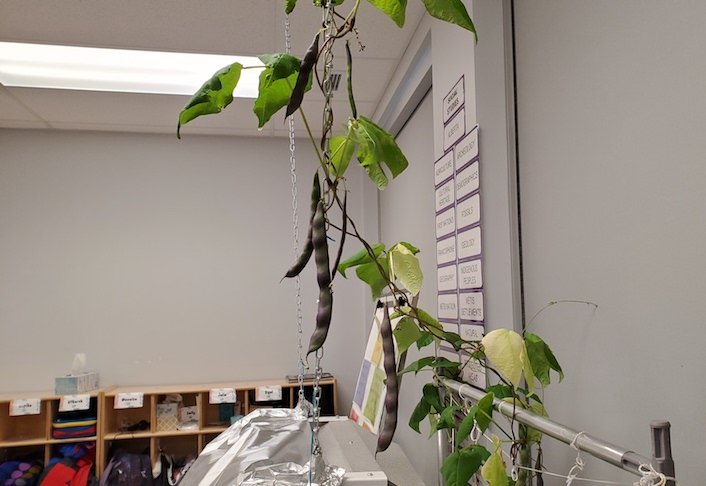If I could make a garden “wordle” or “dordle”, it would include the words seeds, plant, water, earth, worms, crops, basil, beans, chard, and maybe “start” and “again”. Similar to the latest word game craze, gardening can also be addictive in a good way and create regular moments of calm observation and focus that take us away from our worries.
With any luck, some students get to immerse themselves in the gardening adventure for more than one year. From Madonna School: “I am teaching grade 1 this year...but have the same students as last year. So they are loving the second year in the garden.”
Check out the inspiring photos and notes I received from a number of gardens. Everyone is doing what they can during this second year of hard times in the pandemic.
One of the first steps in the indoor garden is to make a garden plan and plant the seeds. We plant many of our seeds in peat pellets, being careful to plant 1-2 seeds and making labels for each type of vegetable or herb.
How exciting when the seeds sprout and seedlings reach for the light. The students often keep a journal, recording the changes and plant growth with drawings and descriptions.
When the growing seedlings need more space, the children transplant them into pots first or into the grow boxes under the special grow light. The children help to fill boxes, add fertilizer and check that plants and seeds have enough water. A recycled container with a punctured lid creates a gentle flow of water.
As the plants grow, there is time to observe, measure and pursue questions that students want to inquire. For example at Mee-Yah-Noh School: “Something really exciting that we have done is taken our class pumpkin that we had in October and planted the seeds. I just came in to check on them today and they have sprouted! We are amazed with the growth in this first month.”
Challenges come in many forms. It turns out that mice sneak into schools when doors are left open during summer or early fall. Who would have thought mice like to snack on small seedlings!
Longer breaks require some thought to how much water the plants will need when nobody is in the school. Teachers might make a special visit to water, but sometimes, despite best efforts, the garden dries out. Similar to any skill development, perseverance and starting again eventually leads to success. Being creative also helps; below we have a plastic tent solution to reduce evaporation.
After a few weeks, some leafy greens or herbs will be ready for a snack or taste test. There’s nothing better than tasting veggies from plants you have nurtured and watched in the classroom while it’s cold and snowy outside. We hope that our LGT classes have a great rest of the year and growing season!
Claudia Bolli, Little Green Thumbs




















